What is a good a1c level for a diabetic. Understanding A1C Levels for Diabetics: Optimal Ranges and Management Strategies
What is a good A1C level for diabetics. How does A1C testing work. Why is A1C important for diabetes management. What factors can affect A1C results. How often should diabetics get their A1C tested. What lifestyle changes can help lower A1C levels.
The Basics of Diabetes and Blood Glucose Control
Diabetes is a chronic condition characterized by elevated blood glucose levels. It occurs when the body either doesn’t produce enough insulin or can’t effectively use the insulin it produces. Understanding how glucose and insulin interact in the body is crucial for managing diabetes effectively.
In a healthy individual, the pancreas produces insulin to help move glucose from the bloodstream into cells for energy or storage. However, in people with diabetes, this process is disrupted, leading to high blood sugar levels (hyperglycemia).
Types of Diabetes
- Type 1 Diabetes: An autoimmune condition where the body attacks and destroys insulin-producing beta cells in the pancreas
- Type 2 Diabetes: The most common form, characterized by insulin resistance and inadequate insulin production
- Gestational Diabetes: Develops during pregnancy and usually resolves after childbirth
The A1C Test: A Crucial Tool for Diabetes Management
The A1C test, also known as the hemoglobin A1C or HbA1c test, is a vital tool for diagnosing and monitoring diabetes. It provides a picture of average blood sugar levels over the past 2-3 months, offering valuable insights into long-term glucose control.
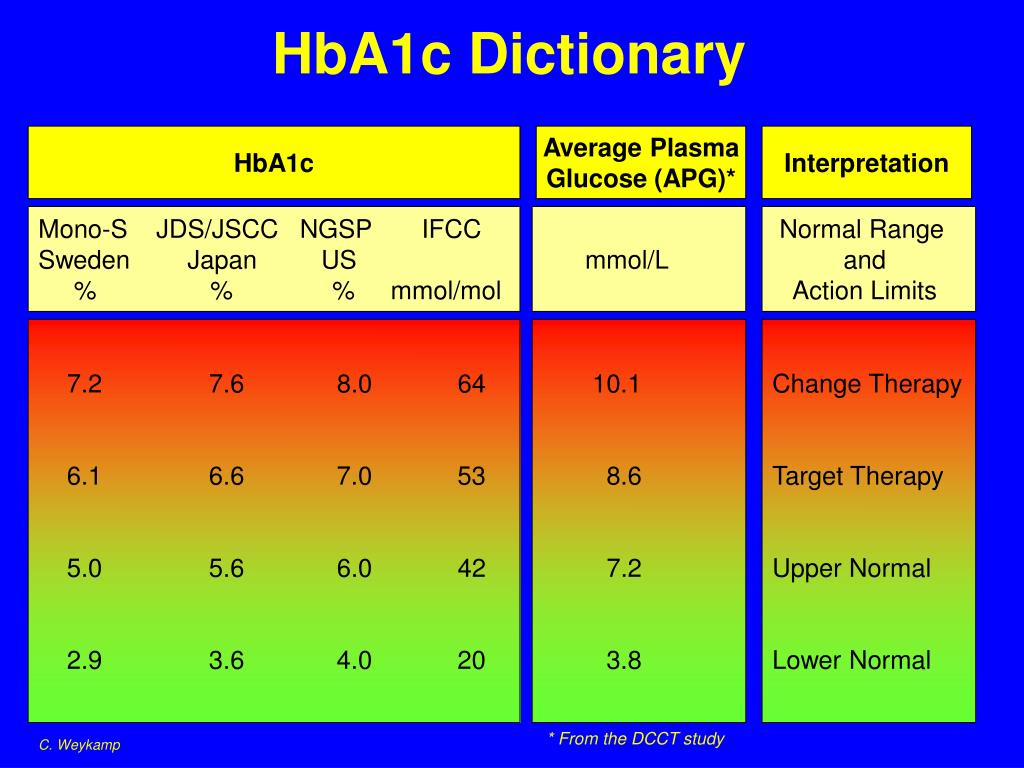
How does the A1C test work? The test measures the percentage of hemoglobin proteins in red blood cells that are glycated (coated with glucose). Higher A1C levels indicate poorer blood sugar control over time.
When is the A1C Test Performed?
- For initial diabetes diagnosis
- To monitor diabetes management effectiveness
- To adjust treatment plans as needed
- To assess the risk of developing diabetes-related complications
Interpreting A1C Results: What’s a Good Level for Diabetics?
Understanding A1C ranges is crucial for effective diabetes management. But what exactly constitutes a good A1C level for diabetics? The answer can vary depending on individual circumstances, but general guidelines exist to help interpret results.
A1C Ranges and Their Meanings
- Below 5.7%: Normal (non-diabetic) range
- 5.7% to 6.4%: Prediabetes range
- 6.5% or higher: Diabetes range
For most adults with diabetes, the American Diabetes Association recommends aiming for an A1C below 7%. However, target levels can vary based on factors such as age, overall health, and the presence of other medical conditions.

Factors That Can Influence A1C Results
While A1C testing is generally reliable, several factors can affect results and should be considered when interpreting them:
- Certain medical conditions (e.g., anemia, kidney disease)
- Recent blood transfusions
- Pregnancy
- Certain medications
- Ethnicity (some studies suggest variations in A1C levels among different ethnic groups)
Can stress impact A1C levels? While acute stress may not significantly affect A1C results, chronic stress can indirectly influence blood sugar control over time, potentially leading to higher A1C levels.
Strategies for Lowering A1C Levels
For diabetics aiming to improve their A1C levels, several evidence-based strategies can be effective:
- Consistent blood glucose monitoring
- Following a balanced, diabetes-friendly diet
- Regular physical activity
- Medication adherence (if prescribed)
- Stress management techniques
- Adequate sleep and hydration
How quickly can lifestyle changes impact A1C levels? While individual results may vary, significant improvements in A1C can often be seen within 2-3 months of implementing consistent lifestyle changes.
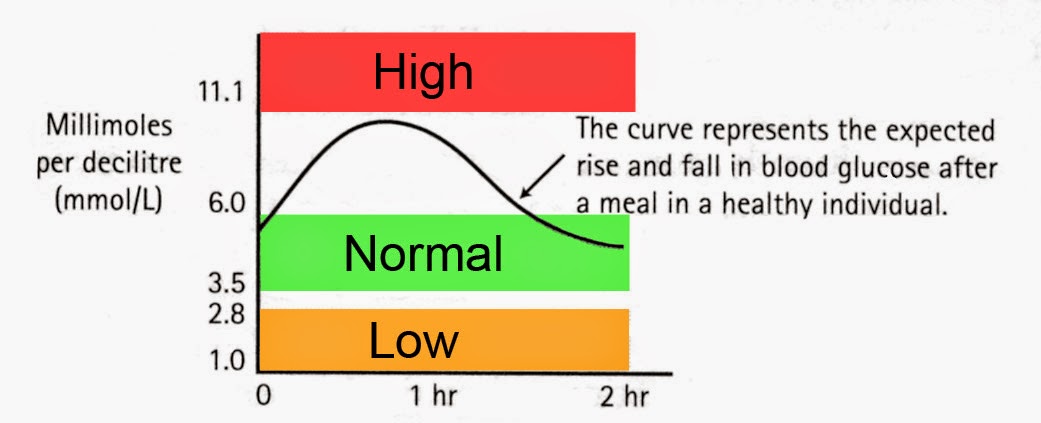
The Role of Diet in Managing A1C Levels
Dietary choices play a crucial role in managing blood sugar levels and, consequently, A1C results. A balanced diet tailored to individual needs can help stabilize blood glucose and improve overall diabetes management.
Key Dietary Principles for Diabetes Management
- Focus on complex carbohydrates with a low glycemic index
- Incorporate lean proteins and healthy fats
- Increase fiber intake through whole grains, vegetables, and fruits
- Limit processed foods, sugary drinks, and excessive alcohol consumption
- Practice portion control and regular meal timing
Which foods can help lower A1C levels? Some foods that may contribute to better blood sugar control include:
- Non-starchy vegetables (e.g., leafy greens, broccoli, cauliflower)
- Berries (rich in antioxidants and fiber)
- Fatty fish (high in omega-3 fatty acids)
- Nuts and seeds (provide healthy fats and protein)
- Legumes (high in fiber and protein)
Exercise and Its Impact on A1C Levels
Regular physical activity is a cornerstone of diabetes management and can significantly impact A1C levels. Exercise helps improve insulin sensitivity, allowing cells to use glucose more effectively.

Benefits of Exercise for Diabetes Management
- Lowers blood glucose levels during and after activity
- Improves cardiovascular health
- Helps maintain a healthy weight
- Reduces stress and improves overall well-being
- May reduce the need for diabetes medications in some cases
How much exercise is needed to impact A1C levels? The American Diabetes Association recommends at least 150 minutes of moderate-intensity aerobic activity per week, spread over at least three days, with no more than two consecutive days without exercise. Additionally, resistance training is recommended at least twice a week.
Medication Management and A1C Control
For many diabetics, medication plays a crucial role in managing blood glucose levels and achieving target A1C results. The type and combination of medications prescribed can vary based on individual needs and diabetes type.
Common Diabetes Medications
- Metformin: Often the first-line treatment for type 2 diabetes
- Sulfonylureas: Stimulate insulin production
- DPP-4 inhibitors: Help the body produce more insulin when needed
- GLP-1 receptor agonists: Slow digestion and help lower blood sugar levels
- SGLT2 inhibitors: Help the kidneys remove excess glucose through urine
- Insulin: Used in type 1 diabetes and some cases of type 2 diabetes
How do different medications affect A1C levels? The impact can vary, but many diabetes medications can lower A1C by 0.5% to 1.5% or more. However, the effectiveness depends on factors such as the individual’s response, dosage, and adherence to the medication regimen.

Monitoring A1C: Frequency and Importance
Regular A1C testing is essential for effective diabetes management. The frequency of testing can vary based on individual circumstances and diabetes control.
General A1C Testing Guidelines
- For well-controlled diabetes: At least twice a year
- For diabetes requiring treatment adjustments: Every three months
- During pregnancy or with gestational diabetes: More frequent testing may be necessary
Why is consistent A1C monitoring important? Regular testing allows healthcare providers to:
- Assess the effectiveness of current treatment plans
- Make timely adjustments to medications or lifestyle recommendations
- Identify trends in blood sugar control
- Detect potential complications early
- Motivate patients by showing progress or areas for improvement
The Psychological Aspect of A1C Management
Managing diabetes and striving for optimal A1C levels can be psychologically challenging. The constant focus on numbers and health outcomes can lead to stress, anxiety, or burnout for some individuals.
![]()
Strategies for Maintaining Mental Well-being
- Set realistic goals and celebrate small victories
- Practice self-compassion and avoid self-blame for fluctuations in A1C levels
- Seek support from healthcare providers, family, friends, or support groups
- Incorporate stress-reduction techniques like meditation or yoga
- Focus on overall health and quality of life, not just A1C numbers
How can healthcare providers support the emotional aspects of diabetes management? Providers can:
- Offer empathetic listening and validate patients’ experiences
- Provide education on the emotional aspects of diabetes
- Screen for diabetes distress or depression during regular check-ups
- Refer patients to mental health professionals when necessary
- Encourage participation in diabetes education programs or support groups
Emerging Technologies and A1C Management
Advancements in diabetes technology are providing new tools to help individuals manage their blood glucose levels and, consequently, their A1C results more effectively.

Innovative Diabetes Management Tools
- Continuous Glucose Monitors (CGMs): Provide real-time glucose data
- Smart Insulin Pens: Track insulin doses and timing
- Closed-Loop Insulin Delivery Systems: Automate insulin delivery based on CGM data
- Diabetes Management Apps: Help track food intake, exercise, and medication
- Telemedicine Platforms: Facilitate remote consultations with healthcare providers
How do these technologies impact A1C management? By providing more frequent and accurate data, these tools can help individuals and healthcare providers make more informed decisions about diabetes management, potentially leading to improved A1C levels and overall health outcomes.
Special Considerations for A1C Management in Different Populations
While general A1C guidelines exist, it’s important to recognize that optimal targets and management strategies may vary for different populations.
A1C Considerations for Specific Groups
- Elderly Individuals: May have less strict A1C targets to avoid hypoglycemia
- Children and Adolescents: Targets may vary based on age and development
- Pregnant Women: Require stricter A1C control to ensure healthy outcomes
- Individuals with Comorbidities: May need personalized A1C targets based on overall health status
How do cultural factors influence A1C management? Cultural beliefs, dietary practices, and healthcare access can all impact diabetes management and A1C outcomes. Healthcare providers should consider these factors when developing personalized treatment plans.

The Future of A1C Testing and Diabetes Management
As research in diabetes care continues to evolve, new approaches to A1C testing and management are emerging.
Potential Advancements in Diabetes Care
- More precise A1C testing methods
- Personalized medicine approaches based on genetic profiles
- Advanced artificial intelligence algorithms for predicting A1C trends
- Novel medications with improved glucose-lowering capabilities
- Regenerative medicine techniques for restoring insulin production
What role might artificial intelligence play in future A1C management? AI could potentially:
- Analyze large datasets to identify personalized treatment strategies
- Predict A1C trends based on various health and lifestyle factors
- Provide real-time recommendations for medication adjustments or lifestyle changes
- Enhance the accuracy of blood glucose predictions in CGM systems
- Facilitate early detection of diabetes-related complications
In conclusion, understanding and managing A1C levels is a crucial aspect of diabetes care. By combining regular monitoring, lifestyle modifications, appropriate medication use, and emerging technologies, individuals with diabetes can work towards achieving and maintaining optimal A1C levels. As research continues to advance, the future holds promise for even more effective and personalized approaches to A1C management and overall diabetes care.
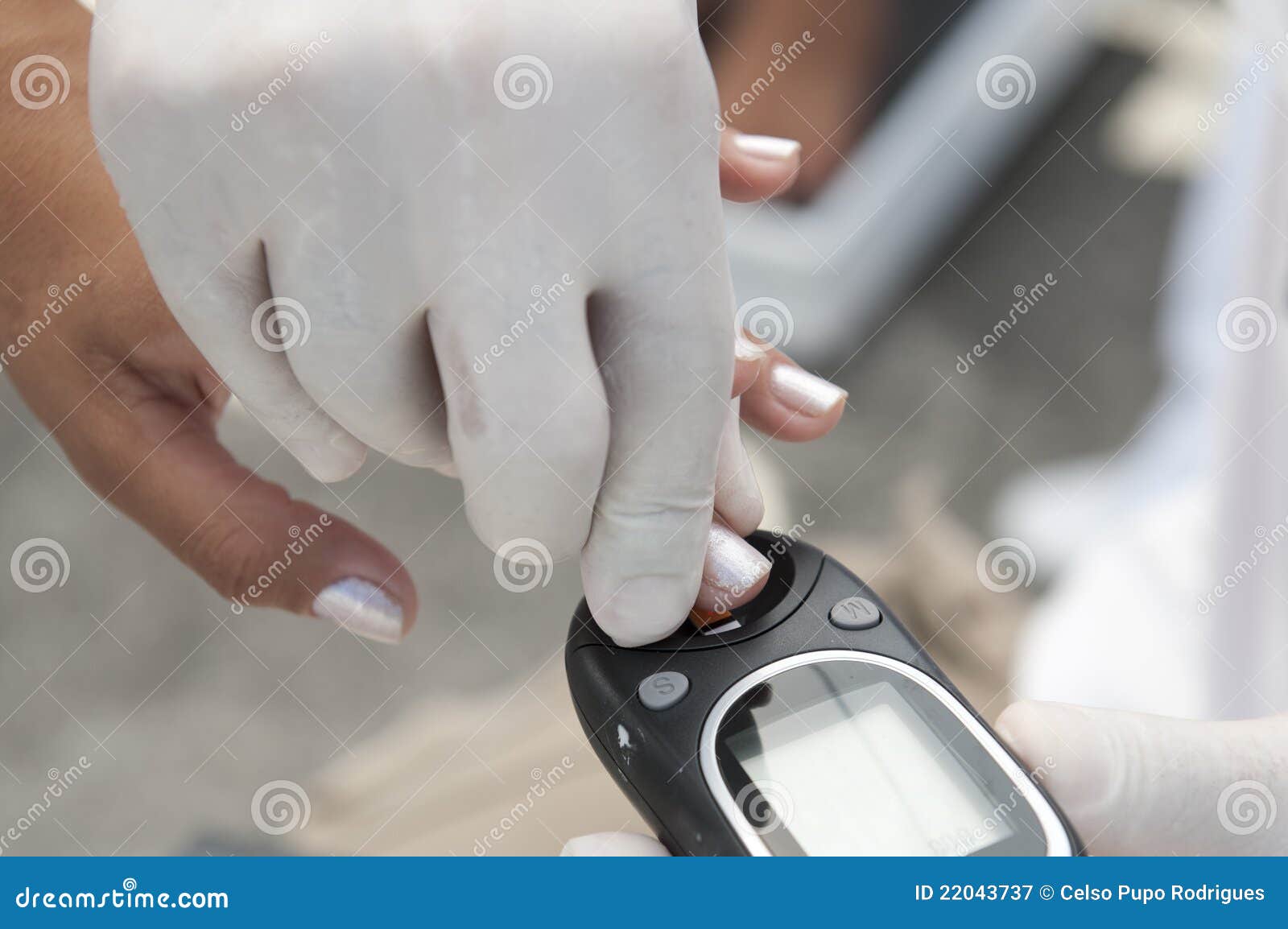
Blood Glucose and Insulin at Work
Understanding how glucose and insulin work in your body is the foundation for knowing how diabetes works. By knowing what can affect your blood glucose (blood sugar) levels, you can better manage it.
The basics of high blood glucose
Diabetes is a problem with your body that causes blood glucose levels to rise higher than normal. This is also called hyperglycemia.
When you eat, your body breaks food down into glucose and sends it into the blood. Insulin then helps move the glucose from the blood into your cells. When glucose enters your cells, it is either used as fuel for energy right away or stored for later use. In a person with diabetes, there is a problem with insulin. But, not everyone with diabetes has the same problem.
There are different types of diabetes—type 1, type 2 and gestational diabetes. If you have diabetes—type 1, type 2 or gestational—your body either doesn’t make enough insulin, can’t use the insulin well, or both.
Learn more about blood glucose Learn more about insulin
Type 1
In type 1 diabetes, your immune system mistakenly treats the beta cells in your pancreas that make insulin as foreign invaders and destroys them. This can happen over a few weeks, months, or years.
When enough beta cells are gone, your pancreas stops making insulin or makes so little insulin that you need to take insulin to live. Type 1 diabetes develops most often in young people but can also appear in adults.
Type 2
If you have type 2 diabetes, your body does not use insulin properly. This is called insulin resistance. At first, the beta cells make extra insulin to make up for it. But, over time your pancreas can’t make enough insulin to keep your blood glucose at normal levels. Type 2 diabetes develops most often in middle-aged and older adults but can appear in young people.
Some people can manage type 2 diabetes with healthy eating and exercise. However, your doctor may need to prescribe oral medications (pills) and/or insulin to help you meet your target blood glucose levels.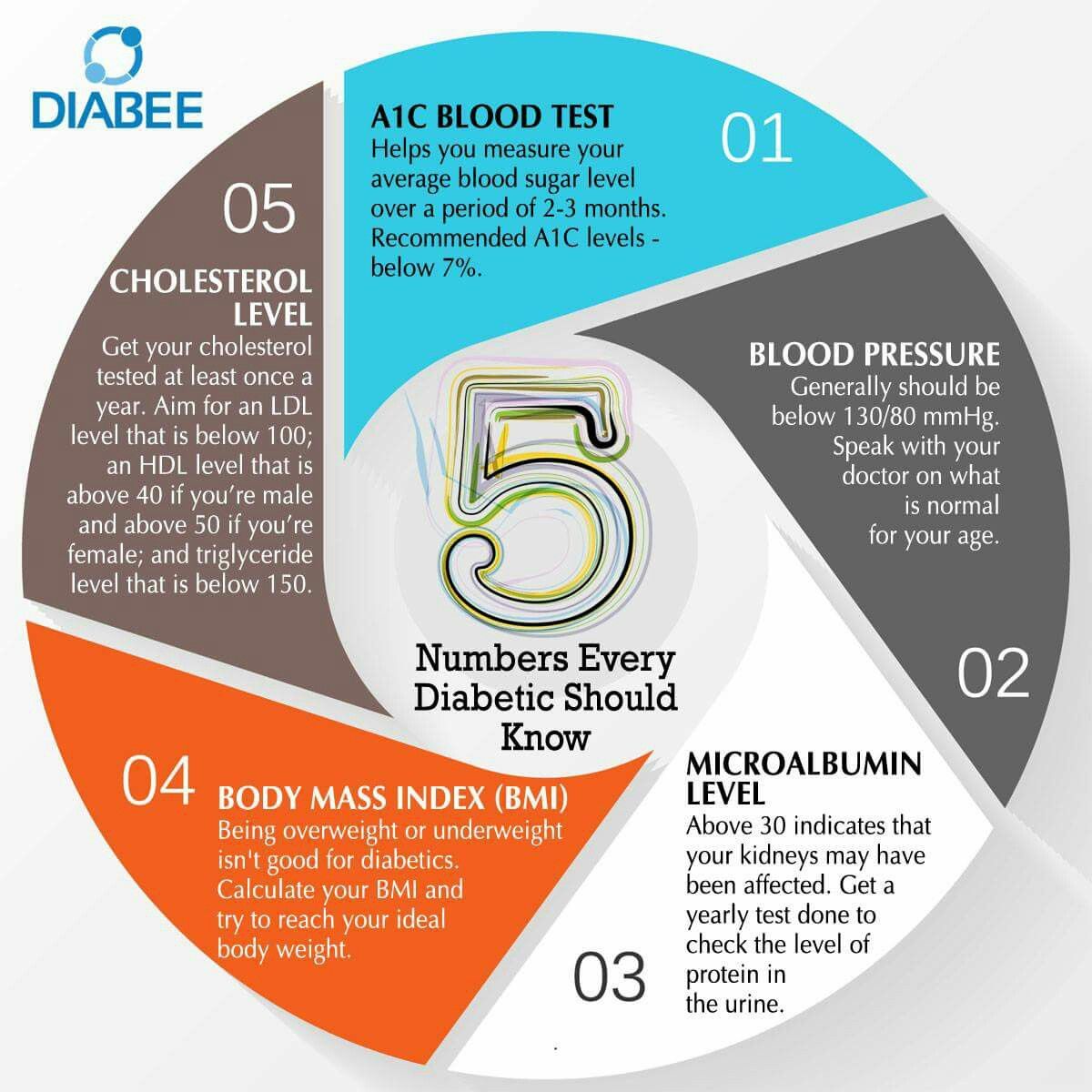 Diabetes is a progressive disease. Even if you don’t need to treat your diabetes with medications at first, you may need to over time.
Diabetes is a progressive disease. Even if you don’t need to treat your diabetes with medications at first, you may need to over time.
Gestational diabetes
Gestational diabetes is diabetes that develops during pregnancy. For most women, blood glucose levels will return to normal after giving birth. And if you’ve had gestational diabetes, you will need to be tested regularly since you are at much higher risk for developing type 2 diabetes later in life.
So, what affects my blood glucose levels?
It is important to understand what can make your blood glucose rise or fall, so that you can take steps to stay on target.
Things that can make blood glucose rise include:
- A meal or snack with more food or more carbohydrates than usual
- Inactivity
- Side effects of medications
- Infection or other illness
- Changes in hormone levels, such as during menstrual periods
- Stress
Things that can make blood glucose fall include:
- A meal or snack with less food or fewer carbohydrates than usual
- Extra activity
- Side effects of other medications
- Missing a meal or snack
- Drinking alcoholic beverages (especially on an empty stomach)
Find out about tests for diabetes
What Is The A1C Range For Diabetes?
Content
- Overview
- What is diabetes?
- Types of diabetes
- What is the A1C test?
- When is the A1C test given?
- What other tests are used to diagnose diabetes?
- Can the A1C test diagnose gestational diabetes?
- What is the A1C range for diabetes?
- Target A1C levels for people with diabetes
- What factors can affect your A1C results?
- When to see your doctor
- The lowdown
Diabetes is a life-long disease that should be carefully treated. While there is no cure for diabetes, it’s possible to live a long, healthy life by making healthy lifestyle choices, taking any necessary medications, and working closely with your healthcare provider to find a personalized treatment plan that works best for you.
While there is no cure for diabetes, it’s possible to live a long, healthy life by making healthy lifestyle choices, taking any necessary medications, and working closely with your healthcare provider to find a personalized treatment plan that works best for you.
While there are many options to treat and manage your diabetes, the A1C test is one option that can help you keep your blood sugar levels under control long term.
If you’re exhibiting symptoms of diabetes, are at risk of developing diabetes, or have already been diagnosed with diabetes, here’s what you should know about how the A1C test could benefit you before scheduling an appointment with your healthcare provider.
Have you considered clinical trials for Diabetes?
We make it easy for you to participate in a clinical trial for Diabetes, and get access to the latest treatments not yet widely available – and be a part of finding a cure.
Check your eligibility
Diabetes is a serious condition that affects how your body produces or uses insulin. Insulin is a hormone that is created by your pancreas. It is used to help the glucose (sugar) found in your bloodstream from the foods you eat enter your cells and be turned into energy.
Insulin is a hormone that is created by your pancreas. It is used to help the glucose (sugar) found in your bloodstream from the foods you eat enter your cells and be turned into energy.
When your body stops making insulin or can’t use the available insulin as it should, too much sugar builds up in your bloodstream. This can lead to symptoms such as feeling thirsty or tired in the short term. Over time, however, high blood sugar can lead to more serious health complications, including kidney disease, vascular and neurological issues, eye problems, and heart disease.
While type 1, type 2, and gestational diabetes are all related to how your body makes and responds to insulin, each type of diabetes is unique.
Likewise, not every diabetic’s experience will be the same. They may exhibit many of the same symptoms, but the types of diabetes are often diagnosed and treated differently. Some key differences in the types of diabetes include:
Type 1
Type 1 diabetes is an autoimmune disease that occurs in individuals whose immune system attacks the insulin-secreting cells in the pancreas, leading to low/lack of insulin production.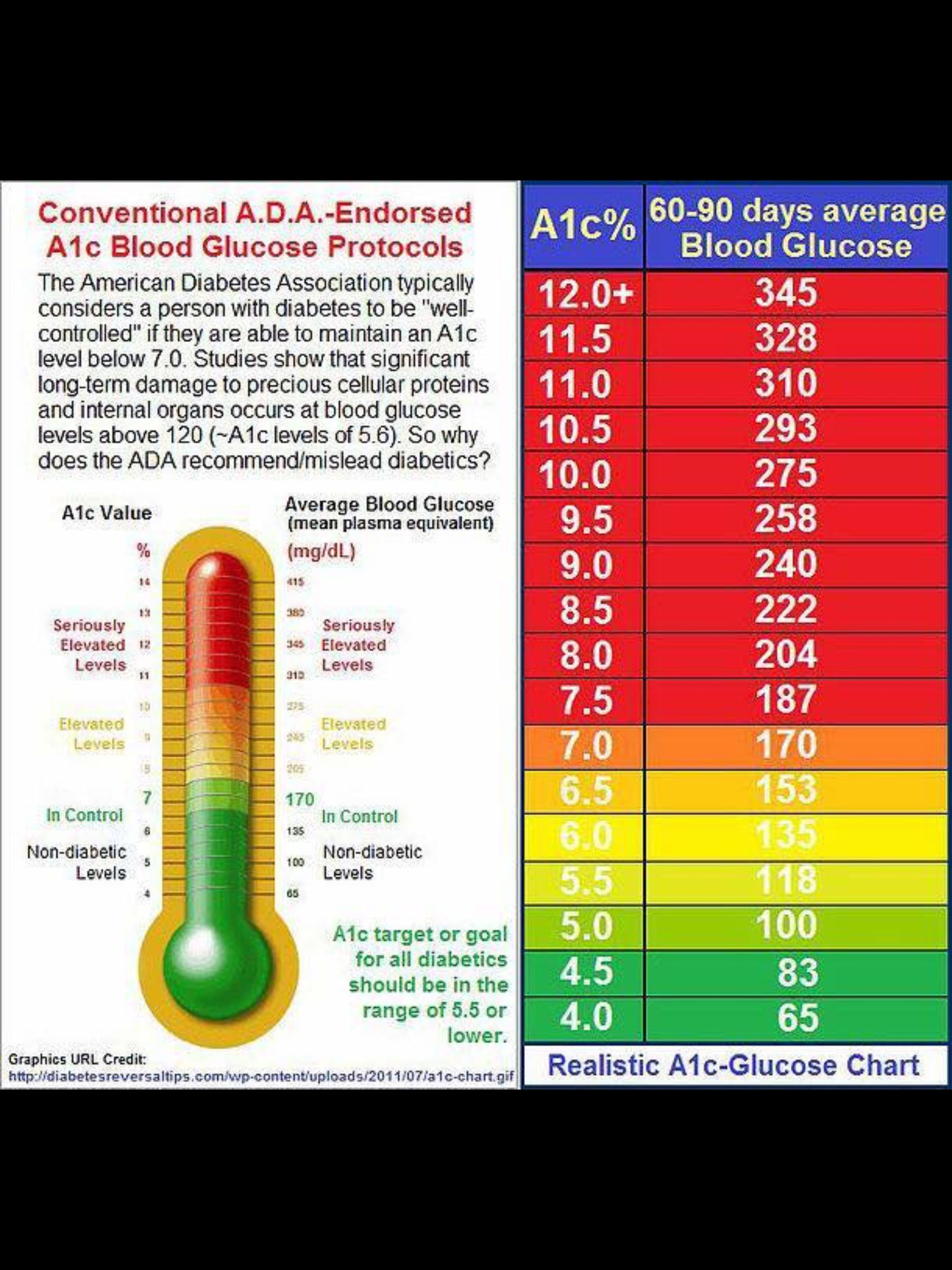 It most commonly occurs in children, adolescents, and young adults. However, it can occur at any age.
It most commonly occurs in children, adolescents, and young adults. However, it can occur at any age.
Symptoms of type 1 diabetes can appear very suddenly and develop over a short period. They include:
Treatment for type 1 diabetes could include:
Eating a healthy diet
Exercising regularly
Maintaining a healthy weight
Taking medications, such as insulin — This is the principal treatment for type 1 diabetes, and often the person will be insulin-dependent for a lifetime.
Type 2
Type 2 diabetes occurs in individuals whose bodies don’t process insulin as they should, mainly due to insulin resistance. Unlike type 1 diabetes, symptoms of type 2 diabetes develop slowly over time, and initially, they could be very mild and could go unnoticed. Similar to type 1 diabetes, symptoms include:
Treatment for type 2 diabetes depends on your overall health, other medical conditions, and personal preferences. Treatment options could include:
Treatment options could include:
Eating a healthy diet
Exercising regularly
Maintaining a healthy weight
Taking medications if necessary, such as medications to help with insulin resistance (metformin), or insulin
Gestational diabetes
This type of diabetes only occurs during pregnancy. It usually exhibits no signs at all, which is why healthcare providers perform routine blood tests between the 24th and 28th week of pregnancy to check for it.
Gestational diabetes is most commonly treated by making lifestyle changes, such as eating a healthy diet and exercising regularly, although some individuals may have to take medications as well.
Gestational diabetes usually disappears on its own after delivery, although an increased risk of developing type 2 diabetes often exists in the years after.
The A1C test is used to give an indication of your average blood sugar levels over the past three months.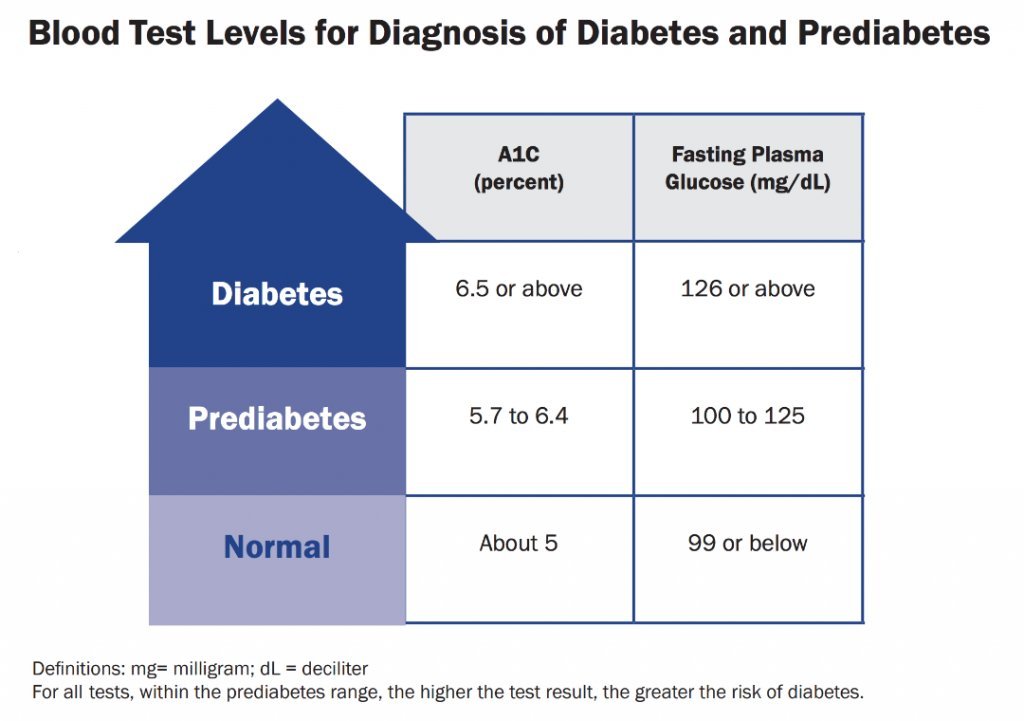 A1C tests are used to diagnose prediabetes, type 1 diabetes, and type 2 diabetes. For individuals who have already been diagnosed with type 1 or type 2 diabetes, the A1C test can help monitor the condition by determining if your treatment plan is working.
A1C tests are used to diagnose prediabetes, type 1 diabetes, and type 2 diabetes. For individuals who have already been diagnosed with type 1 or type 2 diabetes, the A1C test can help monitor the condition by determining if your treatment plan is working.
The A1C test is sometimes referred to as the hemoglobin A1C test or the glycohemoglobin test. Hemoglobin is a part of your red blood cells responsible for bringing oxygen to the cells in your body. Glucose, or sugar, binds with hemoglobin to your red blood cells. The A1C test measures the percentage of hemoglobin in your red blood cells coated with glucose.
Therefore, the test is also known as hemoglobin A1C, glycated hemoglobin, and HbA1c.
Your healthcare provider will present your A1C levels in the form of a percentage. A higher percentage directly corresponds with how high and poorly controlled your blood glucose levels have been. The normal range for an A1C is considered anything lower than 5.7 percent.
Even if you’re not experiencing signs of diabetes, it’s a good idea to have a baseline A1C test performed if you’re:
Your healthcare provider will recommend how frequently you have an A1C test performed based on your conditions and circumstances. This could include:
This could include:
One time a year, if you’re diagnosed with prediabetes
Two times a year, if your blood sugar levels are within the target range and you don’t take insulin
Four times a year, if you’re having trouble managing your blood sugar levels and if you take insulin
While the A1C test is one of the most common tools used to diagnose diabetes, your healthcare provider could also use several other tests. These include:
Fasting plasma glucose (FPG) test
This is the quickest and simplest blood test used to measure your blood sugar levels at a certain point when the blood sugar level isn’t elevated due to eating. Hence, the test requires fasting for 8 to 12 hours to be performed, preferably first thing in the morning.
Random plasma glucose (RPG) test
This is a blood test that healthcare providers sometimes use to diagnose diabetes when you have symptoms, but they don’t want to wait until after you have fasted as it measures the blood sugar level at any point in time.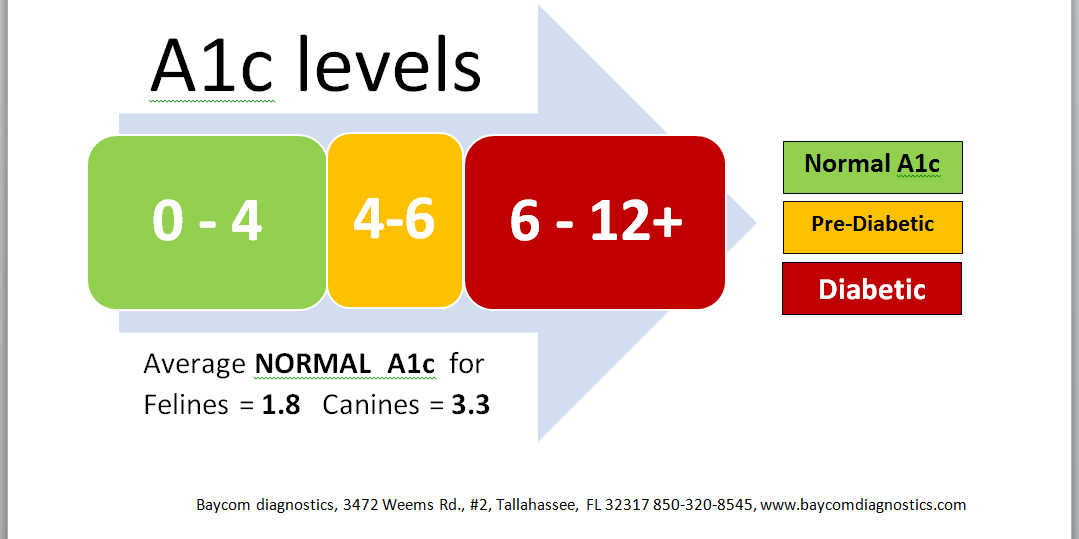
The glucose challenge test and the oral glucose tolerance test (OGTT) are routine blood tests given to every pregnant woman between the 24th and 28th week of pregnancy to determine gestational diabetes.
While the A1C test cannot be used to diagnose gestational diabetes, your healthcare provider can have the test performed early in your pregnancy to see if you had undiagnosed diabetes before becoming pregnant.
Because the A1C test includes your blood sugar levels over the past three months, that time frame can include the time you weren’t pregnant.
Additionally, the A1C test can be used after your baby is born to check for type 2 diabetes. Even if your blood sugar levels are within the normal range, it’s important to check your A1C at least every three years after having gestational diabetes.
Just as your experience with diabetes will be different from others diagnosed with the same condition, your A1C results will likely be different from someone else’s. Anything lower than 5.7 percent is considered within the normal range.
Anything lower than 5.7 percent is considered within the normal range.
If your A1C is between 5.7 and 6.5 percent, your levels are within the prediabetes range. If your A1C is higher than 6.5 percent, you’re within the diabetic range. The goal, then, for most adults with diabetes is to consistently maintain an A1C level of less than 7 percent.
Managing your blood sugar levels will also require checking your blood sugar at home with a blood sugar meter or another device. This device will display your blood sugar levels in milligrams of sugar per deciliter (mg/dL)
When you use a self-monitoring device, the result will reflect your blood sugar levels at the time that you take the test. Because of this, certain factors can impact your results, such as eating.
Checking your blood sugar levels at home can help you track your long-term blood sugar level goals and see if you are on track for meeting your A1C goals. A1C levels and their corresponding estimated average blood glucose (eAG) levels are as follows:
A1C: 6 percent, eAG: 126 mg/dL
A1C 7 percent, eAG 154 mg/dL
A1C 8 percent, eAG 183 mg/dL
A1C 9 percent, eAG 212 mg/dL
A1C 10 percent, eAG 240 mg/dL
A1C 11 percent, eAG 269 mg/dL
A1C 12 percent, eAG 298 mg/dL
The A1C test level that your healthcare provider sets for you will be based on your specific circumstances. If you’re diagnosed with diabetes, your healthcare provider may set an A1C goal for you based on:
If you’re diagnosed with diabetes, your healthcare provider may set an A1C goal for you based on:
Age
Other health conditions you may have
If you’re pregnant
Your diabetes treatment plan
Complications you may be experiencing from diabetes
How long you’ve had diabetes
You can expect your healthcare provider to recommend maintaining an A1C below 6.5 percent if you:
Are young or have a longer life expectancy
Were recently diagnosed with diabetes
Are otherwise in good health
Are successfully managing your condition
Alternatively, your healthcare provider may recommend maintaining an A1C that’s between 7.0–8.5 percent¹ if you:
Are older or have a shorter life expectancy
Have had diabetes for a long time
Have a difficult time managing your diabetes, even with medication
Have other serious health conditions
Have experienced complications from diabetes such as hypoglycemia or metabolic decompensation
Your A1C goals may need to be adjusted over time.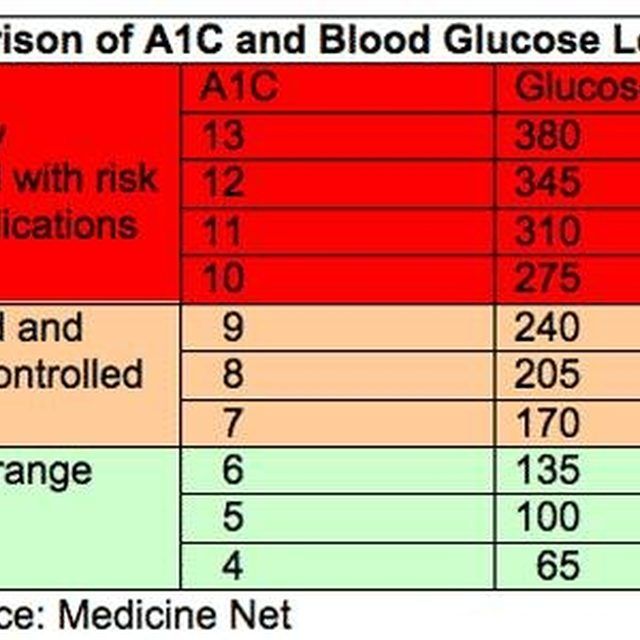 It’s important to work closely with your healthcare provider to help manage your diabetes and live a long, healthy life.
It’s important to work closely with your healthcare provider to help manage your diabetes and live a long, healthy life.
Certain factors can cause your A1C levels to increase or decrease. These include:
Severe anemia, liver disease, or kidney failure
Early or late pregnancy
Blood transfusions or loss
Certain medications, such as opioids
Having a less common type of hemoglobin than hemoglobin A, which is the most common variant, can lead to false results. This could occur in some people with certain blood disorders or people of Mediterranean, African, or Southeast Asian descent
If you have one or more of these factors, talk to your doctor about whether you may need other blood glucose tests to monitor your diabetes.
Working closely with your healthcare provider is the best way to manage your diabetes and maintain normal A1C goals. Even if you haven’t been diagnosed with diabetes, it’s important to have your A1C levels checked if you have certain risk factors.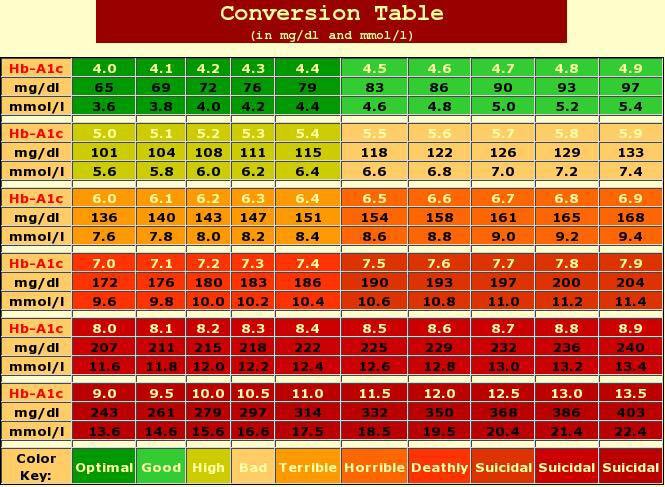 Be sure to schedule an appointment with your healthcare provider if you:
Be sure to schedule an appointment with your healthcare provider if you:
Have symptoms of high or low blood sugar
Are having a difficult time managing your diabetes or maintaining normal A1C levels
Are experiencing complications from diabetes
Have questions about your condition or treatment plan
Signs of diabetes include:
Being very thirsty
Frequent urination
Blurry vision
Fatigue
Signs of low blood sugar include:
The A1C test is a blood test commonly used to diagnose and monitor diabetes. It works by measuring the percentage of hemoglobin in your blood coated with glucose and indicating your average blood sugar levels from the previous three months. A1C test results are presented in percentage form.
Generally speaking, people with an A1C of less than 5.7 percent are within a normal blood sugar range, while anyone between 5.7 and 6.
